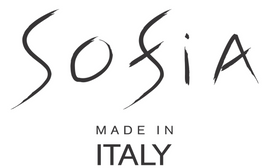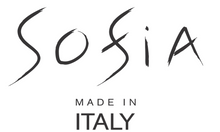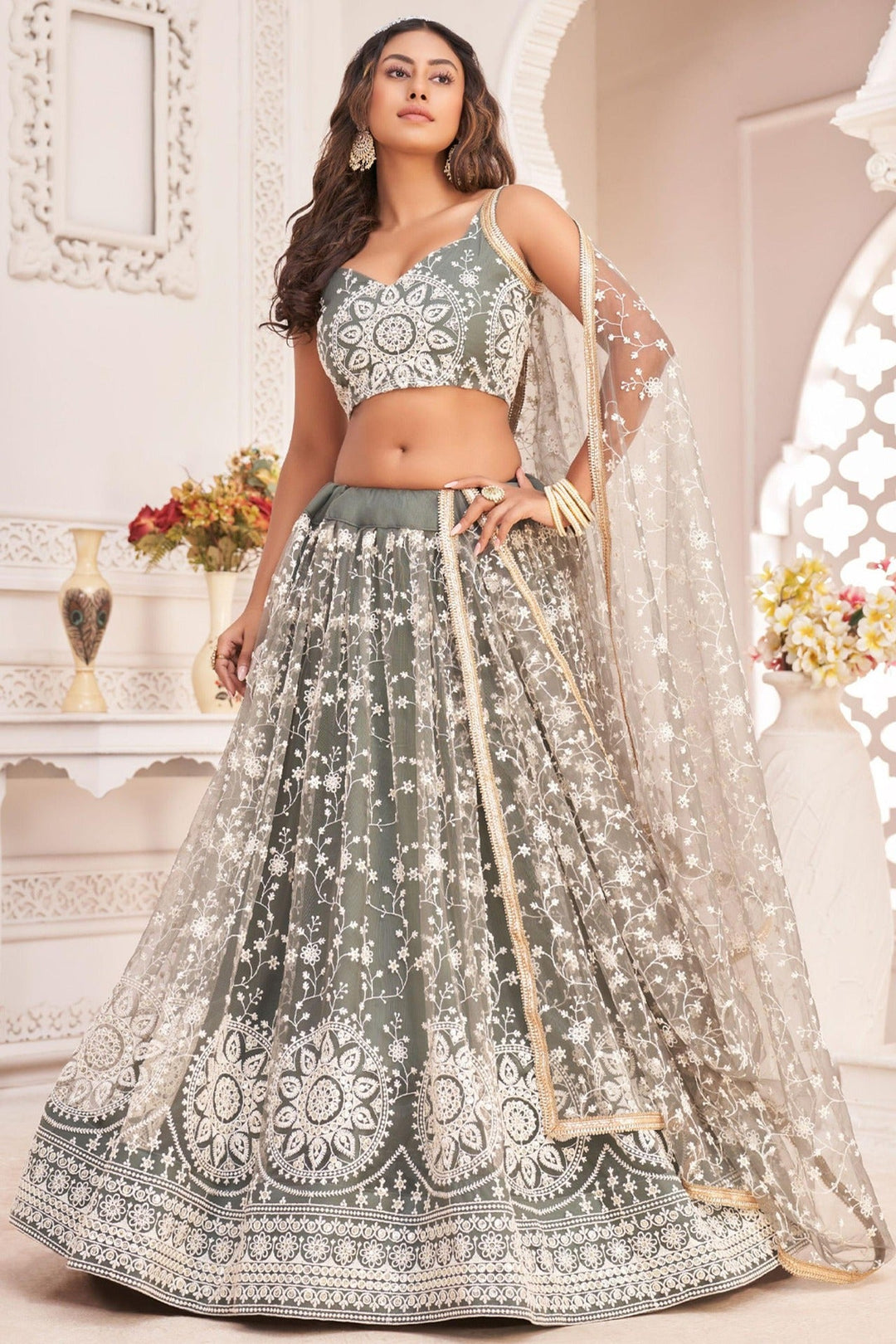Gender-Neutral Fashion and Its Impact on the Industry
Gender-neutral fashion, also known as unisex or androgynous fashion, has emerged as a transformative force in the fashion industry, challenging traditional norms and redefining how clothing is designed, marketed, and worn. By transcending the binary concepts of "menswear" and "womenswear," gender-neutral fashion offers inclusivity, creativity, and freedom of self-expression. Its rise is not only reshaping the industry but also reflecting broader cultural shifts toward acceptance and equality.
The Rise of Gender-Neutral Fashion:
The concept of gender-neutral fashion is not entirely new. Historical examples include the adoption of trousers by women in the early 20th century or the popularity of androgynous styles in the 1970s, fuelled by cultural icons like David Bowie and Grace Jones. However, the 21st century has seen an accelerated embrace of gender-neutral clothing, driven by younger generations, particularly Gen Z, who prioritize authenticity and reject rigid gender norms.
Brands like Telfar, Gucci, and CollinaStrada have introduced gender-fluid collections, often blurring the lines between traditionally masculine and feminine aesthetics. Fast fashion retailers such as H&M and Zara have also launched unisex lines, making this trend accessible to a broader audience. The shift towards gender-neutral fashion reflects changing consumer attitudes and the growing demand for inclusivity in all aspects of life.
Cultural and Social Significance:
Gender-neutral fashion is deeply connected to cultural movements advocating for LGBTQ+ rights, gender equality, and individuality. By rejecting the binary approach to clothing, it empowers individuals to embrace their authentic selves without fear of judgment. Fashion becomes a tool for self-expression that transcends societal expectations, offering freedom and validation to those who do not conform to traditional gender norms.
Celebrities and influencers have also played a crucial role in popularizing gender-neutral fashion. Figures like Harry Styles, Jaden Smith, and Billie Eilish challenge conventions by wearing clothing that defies gender stereotypes, inspiring fans and normalizing the trend.
Redefining Design and Aesthetics:
Gender-neutral fashion focuses on creating designs that are not confined to stereotypical gender characteristics. This often means prioritizing comfort, functionality, and versatility over embellishments that traditionally cater to one gender. Silhouettes are typically looser and less body-specific, allowing for a broader range of fits. Neutral color palettes, minimalist designs, and practical fabrics dominate gender-neutral collections, but they can also include bold patterns and vibrant colors to celebrate individuality.
Some designers have adopted gender-neutral approaches by reinterpreting classic garments. For example, oversized blazers, relaxed trousers, and boxy t-shirts have become staples in gender-fluid fashion. These designs not only challenge the binary nature of traditional clothing but also open new doors for creativity, offering consumers a wider range of options to express themselves.
The Impact on the Fashion Industry:
The rise of gender-neutral fashion has had a significant impact on the industry, influencing design, marketing, and retail strategies:
Inclusivity and Representation: Gender-neutral fashion promotes inclusivity, allowing individuals of all gender identities to feel seen and represented. By prioritizing diverse models and campaigns, brands can connect with a broader and more loyal audience.
Breaking Down Barriers: Traditional gender-segregated retail spaces are being reimagined to create inclusive shopping experiences. Many stores now integrate unisex sections or allow consumers to shop freely across all categories.
Sustainability: Gender-neutral fashion often focuses on timeless and versatile designs, encouraging consumers to invest in fewer, higher-quality pieces. This approach aligns with the growing demand for sustainable practices in the industry.
Challenges and Criticisms:
Despite its positive impact, gender-neutral fashion faces challenges. Critics argue that some brands use the concept as a marketing tool rather than a genuine commitment to inclusivity. Additionally, the predominantly minimalist aesthetic of gender-neutral fashion may not resonate with everyone, as some individuals seek bolder or more gender-specific styles within the movement.
There are also concerns about pricing. Gender-neutral fashion often leans towards high-end markets, making it less accessible to a wider audience. Brands must work towards making inclusive fashion both affordable and diverse in its design offerings.
The Future of Gender-Neutral Fashion:
The future of gender-neutral fashion looks promising as it continues to gain traction across the globe. Emerging designers are increasingly adopting gender-fluid approaches, and established brands are revisiting their traditional strategies to align with changing consumer demands. Technology, such as virtual try-ons and AI-driven sizing solutions, may also play a role in making gender-neutral fashion more inclusive and practical for diverse body types.
The movement toward gender-neutral fashion is not just a trend; it is a cultural shift reflecting a more inclusive and accepting society. As the industry evolves, it will continue to challenge conventions, foster creativity, and promote the idea that fashion should be about personal expression, not conformity to outdated norms.
Gender-neutral fashion is revolutionizing the fashion industry by breaking free from traditional gender boundaries and celebrating individuality. Its emphasis on inclusivity, functionality, and self-expression is shaping a more progressive and sustainable future for fashion. While challenges remain, the movement’s impact on culture and society underscores its importance as more than just a fleeting trend—it is a reflection of a changing world that values diversity and authenticity.













